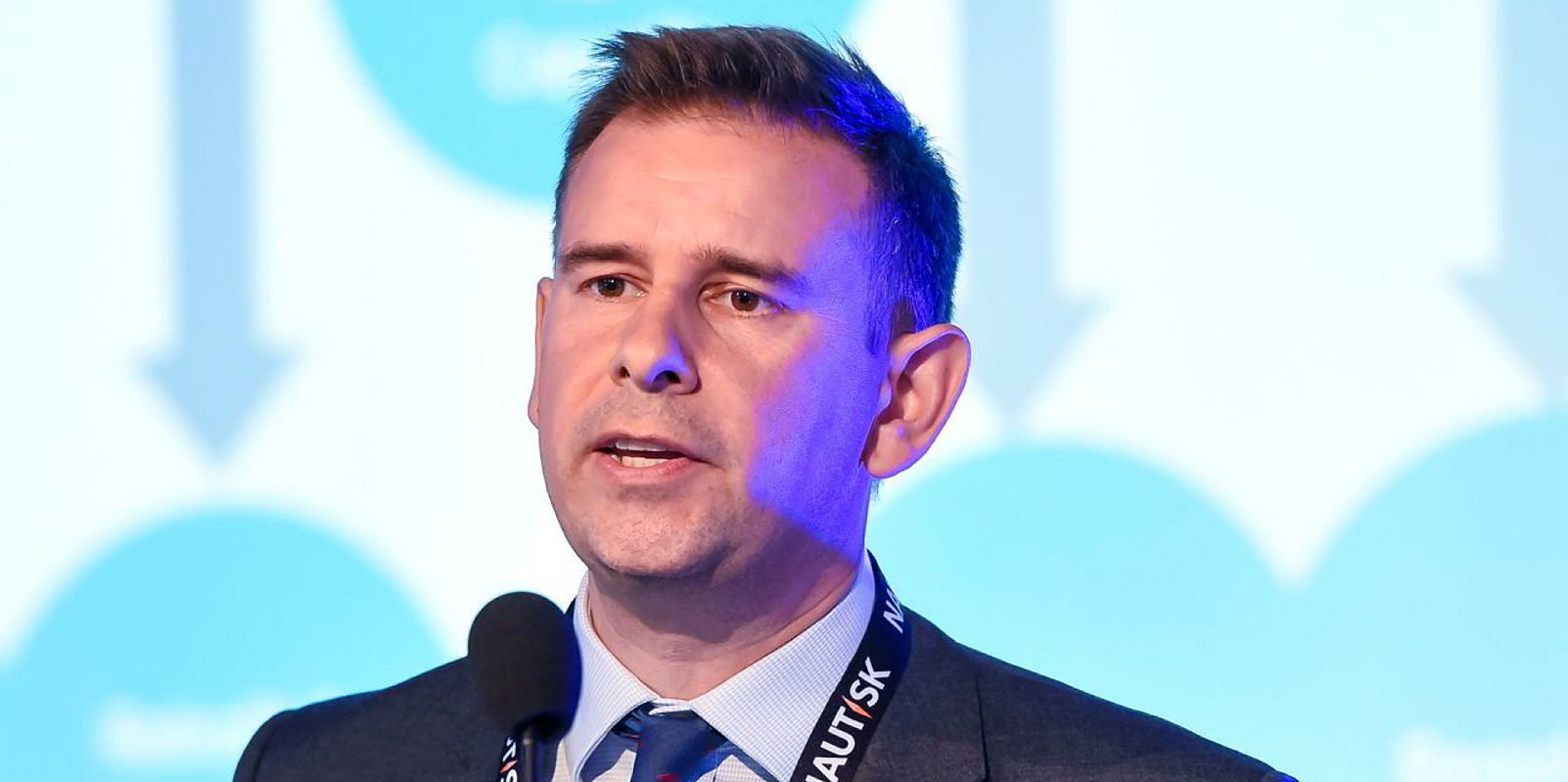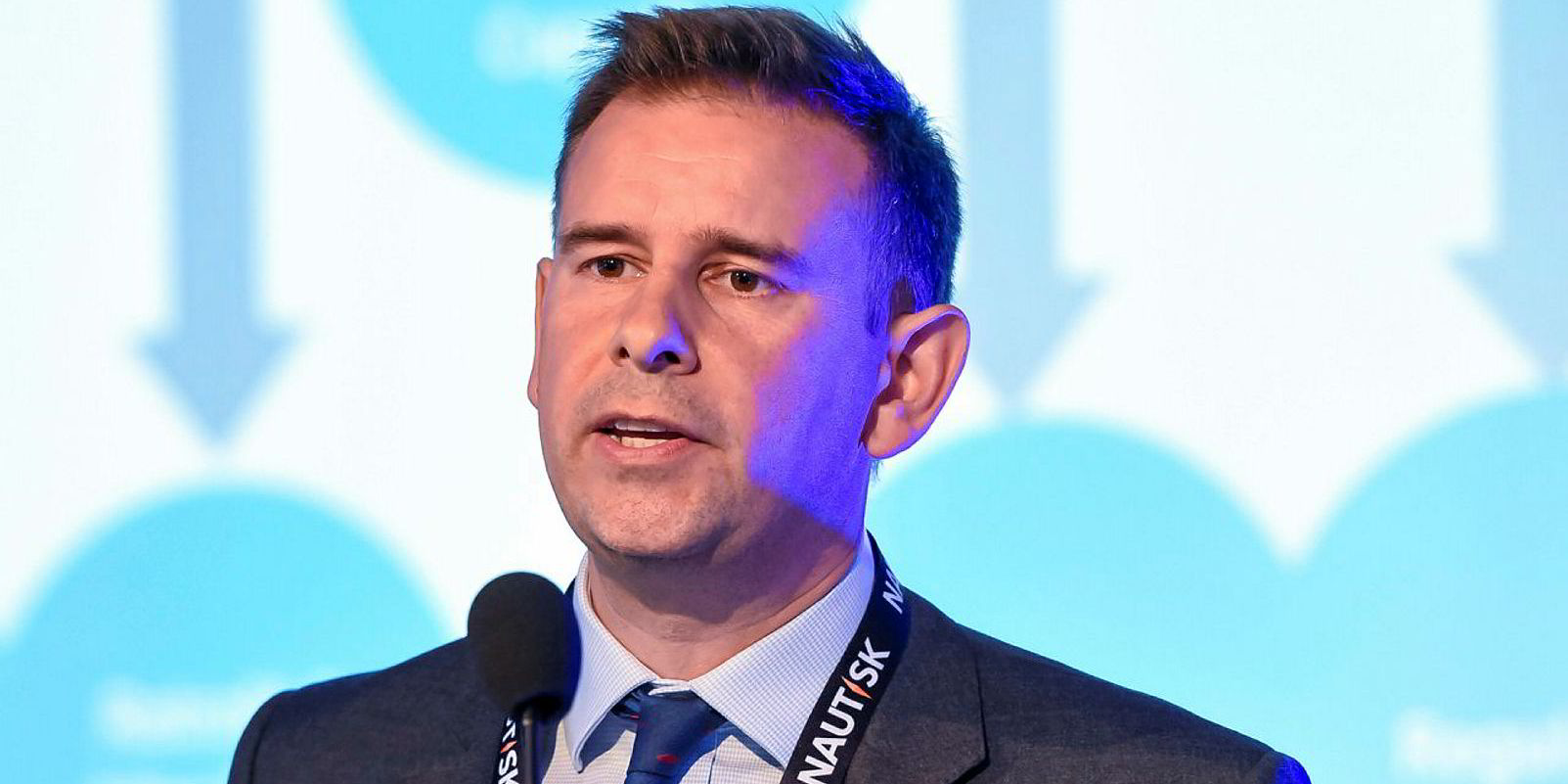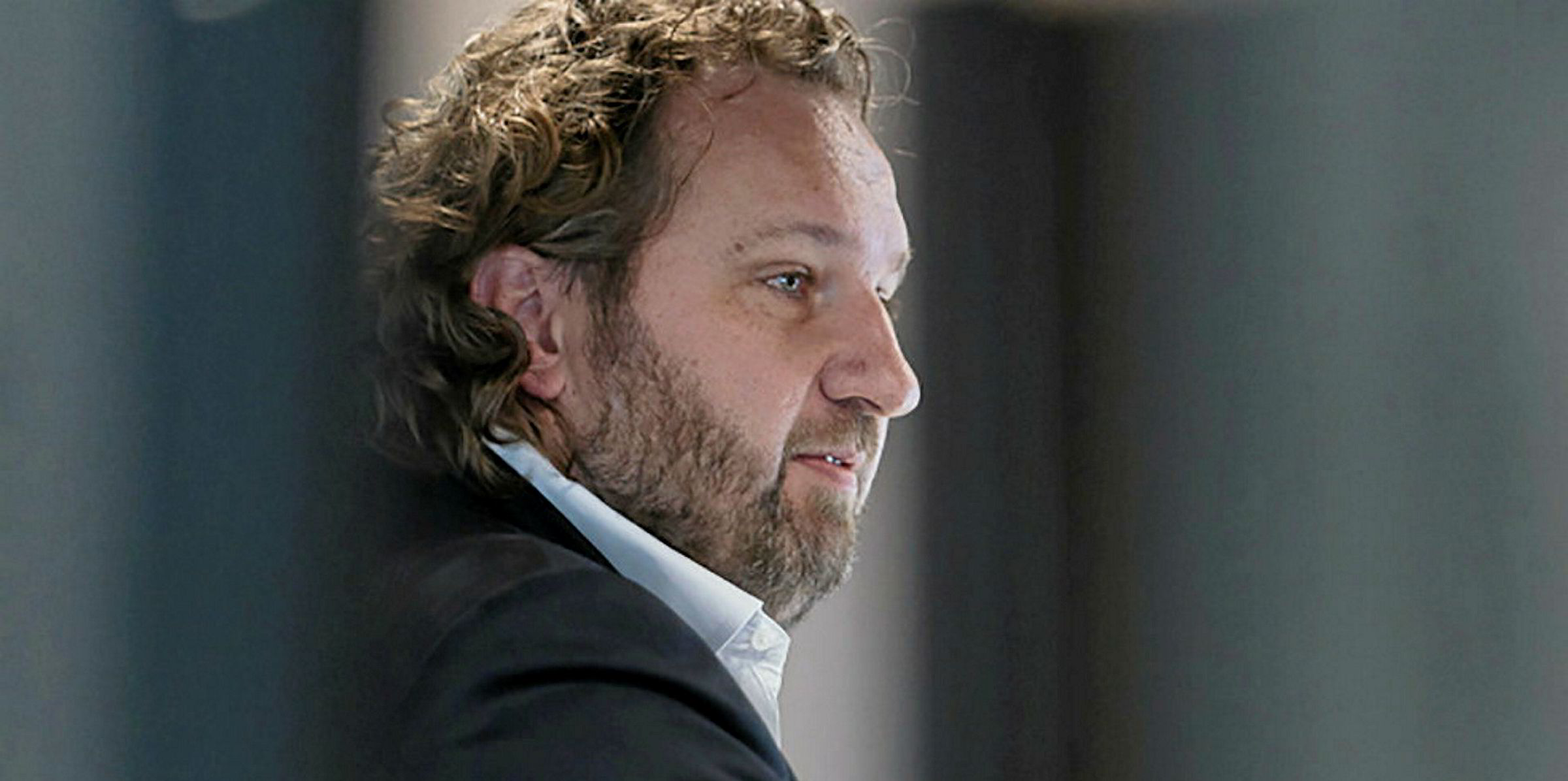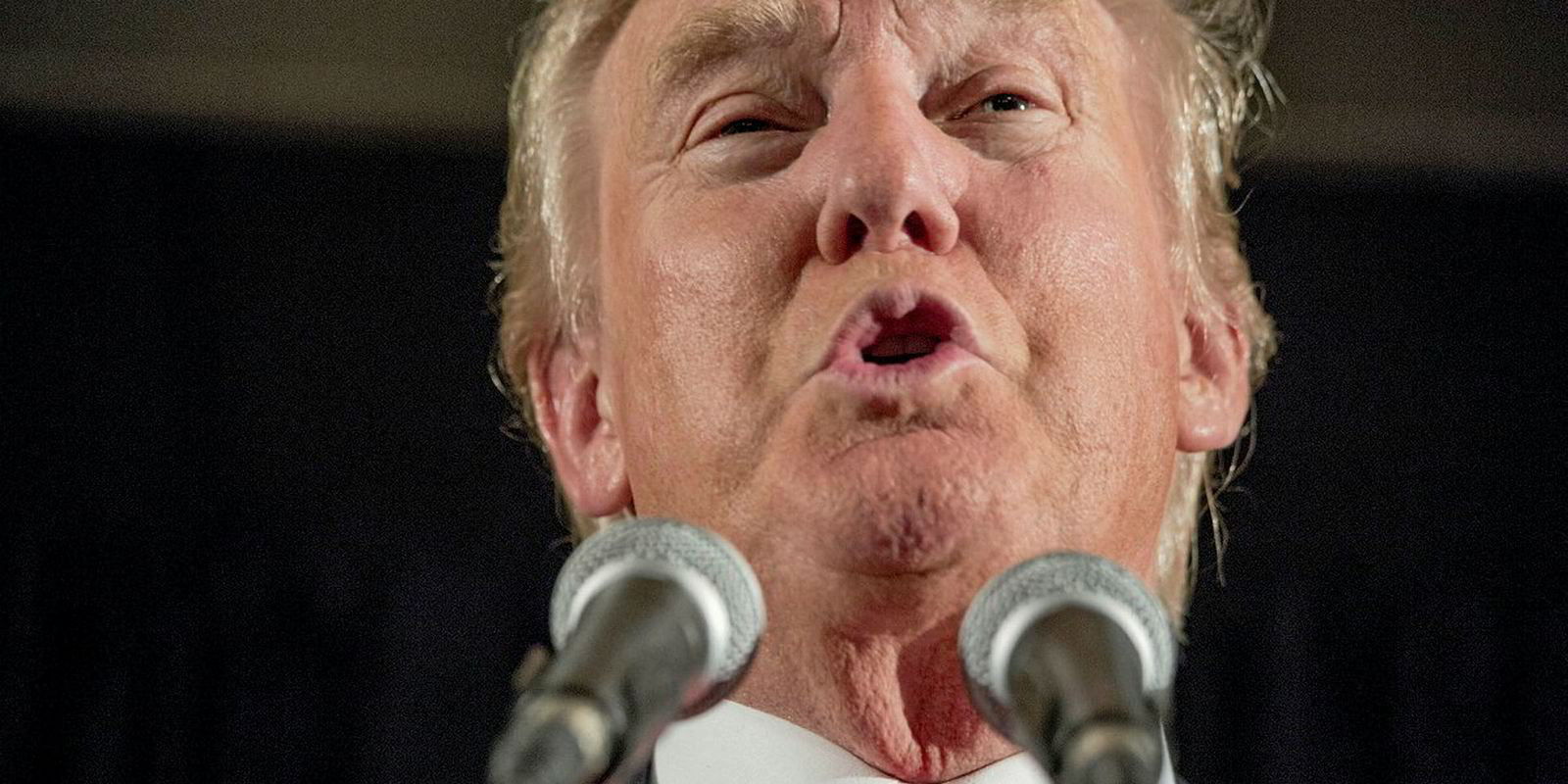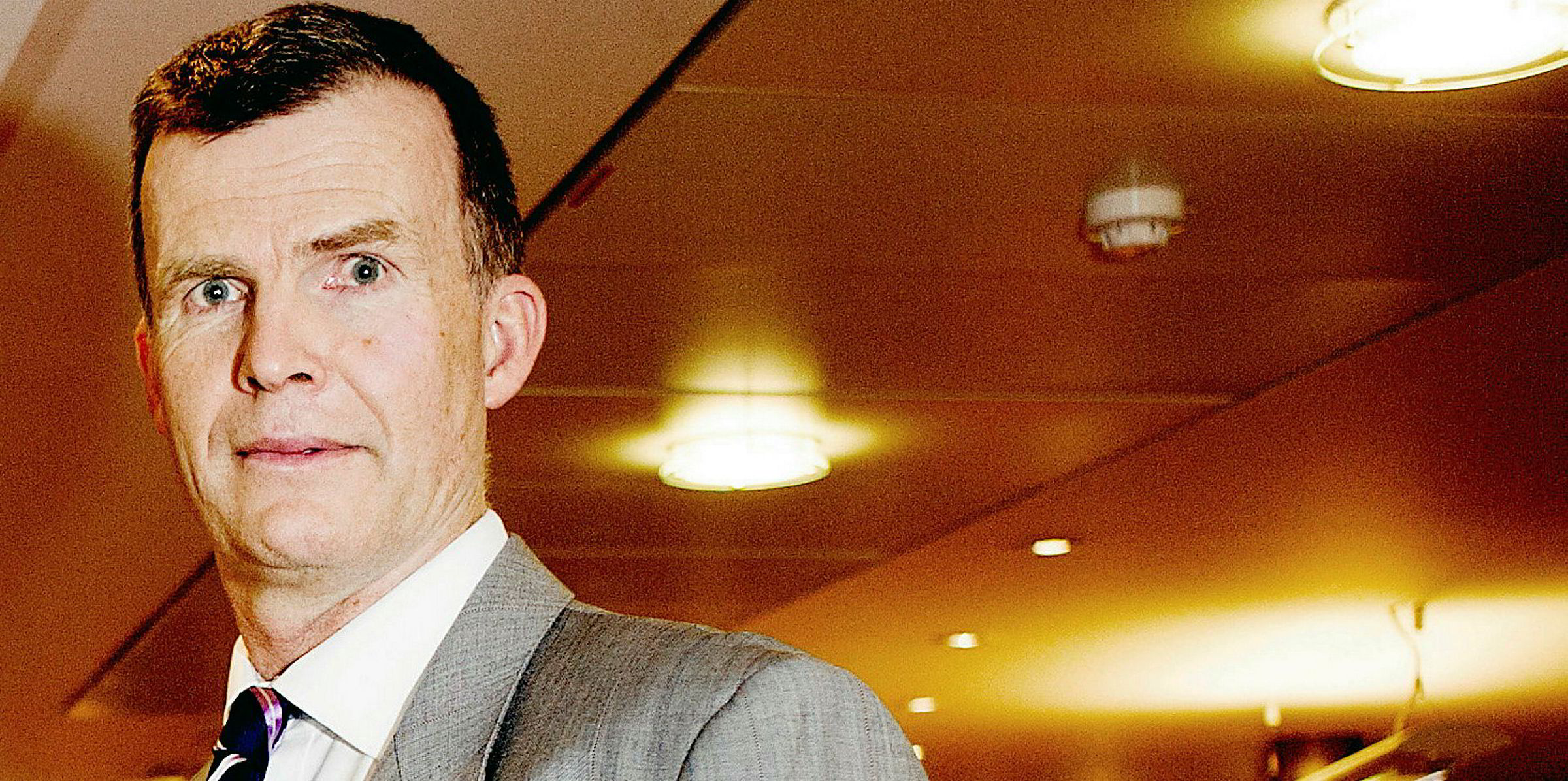Earnings across global shipping markets have this year moved above average levels seen since the financial crisis with gas vessels and tankers leading the way, according to Clarksons.
The latest post-crash recovery is developing with key emissions legislation arriving at the same time as fleet growth will slip to 20-year lows, but global trade growth is slowing amid geopolitical tensions.
“Despite progress, it still seems shipping has a way to go before it becomes a ‘straight A’ student,” said Clarkons Research managing director Steve Gordon in his half-year report.
Overall shipping rates were up 8% year-on-year in the first half of 2019, according to the cross-sector ClarkSea Index.
Tanker rates saw a notable 80% spike from the same period in 2018.
However, with newbuilding deliveries heavy and refinery maintenance earlier than usual this year earnings were a little-below the average of the past decade, Gordon noted.
The container market was above trend, with “encouraging” rates for larger ships, Gordon said, with LPG carrier rates well up on last year but still 6% below the post-crash average, the researcher calculated.
Dry cargo was one arena where rates fell back during what Gordon called a tough first half containing multiple demand shocks.
Bulker rates were down by one quarter on 2018 levels in the first half this year, slipping 22% below the avarge since the crisis. However, Gordon did note welcome improvements of late.
Fleet growth rang in at 1.9%, which Gordon quipped deserved an “A for effort”.
And with similar levels expected next year, 2020 will see the lowest rate of fleet expansion in deadweight terms in 20 years, Gordon said.
With many markets having pulled away from trough earnings, there has been a slowdown in both newbuilding activity and sale-and-purchase business this year.
Gordon said newbuilding orders of around 25 million dwt represented a 54% drop year-on-year and were 49% below the post crisis norm.
Sale-and-purchase activity, which TradeWinds has reported to have been hindered by a sharp fall in capesize deals, stood at 34 million dwt in the first half.
Gordon said this was down by over one fifth year-on-year and just below the trend seen in the last decade.
While fleet growth is falling, Clarksons has also adopted more modest trade growth estimates of 2.2% for this year, below its initial 3.2% forecast.
“There are a range of issues involved, from the ‘trade war’ to the Vale dam collapse, Australian cyclones, Opec cuts and the Chinese economy,” Gordon said.
“In isolation many of these issues seem manageable but collectively they impact, particularly broader institutional investor sentiment.
“While our base case projections suggest trade will be ‘OK’ for shipping (long-haul US energy exports help), let’s watch for downgrades and hope for progress in US-China trade negotiations.”
